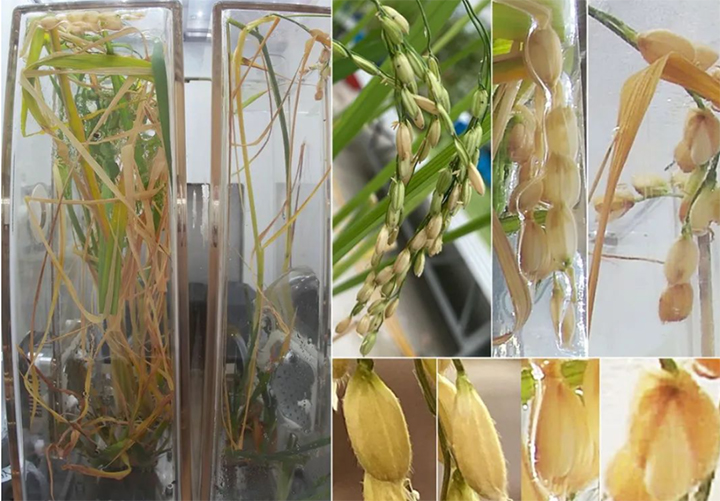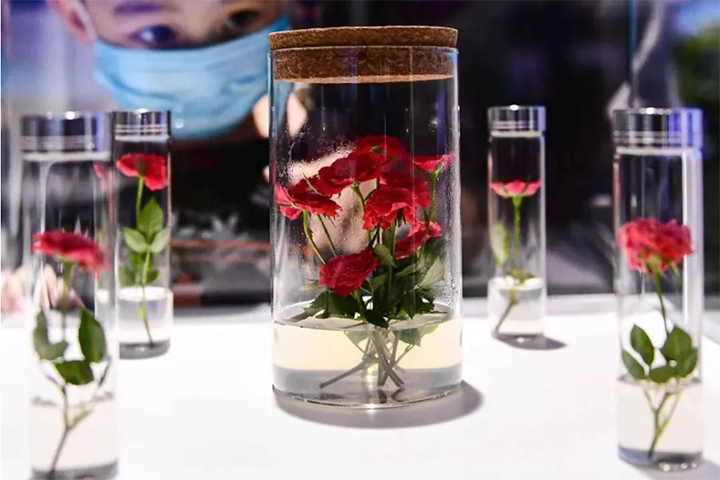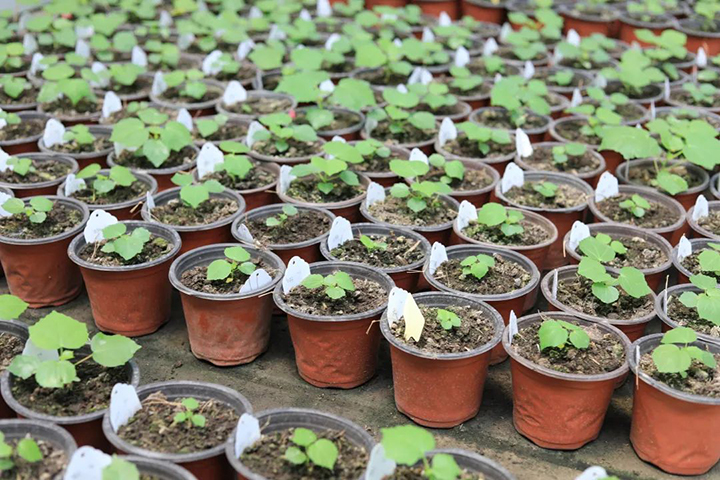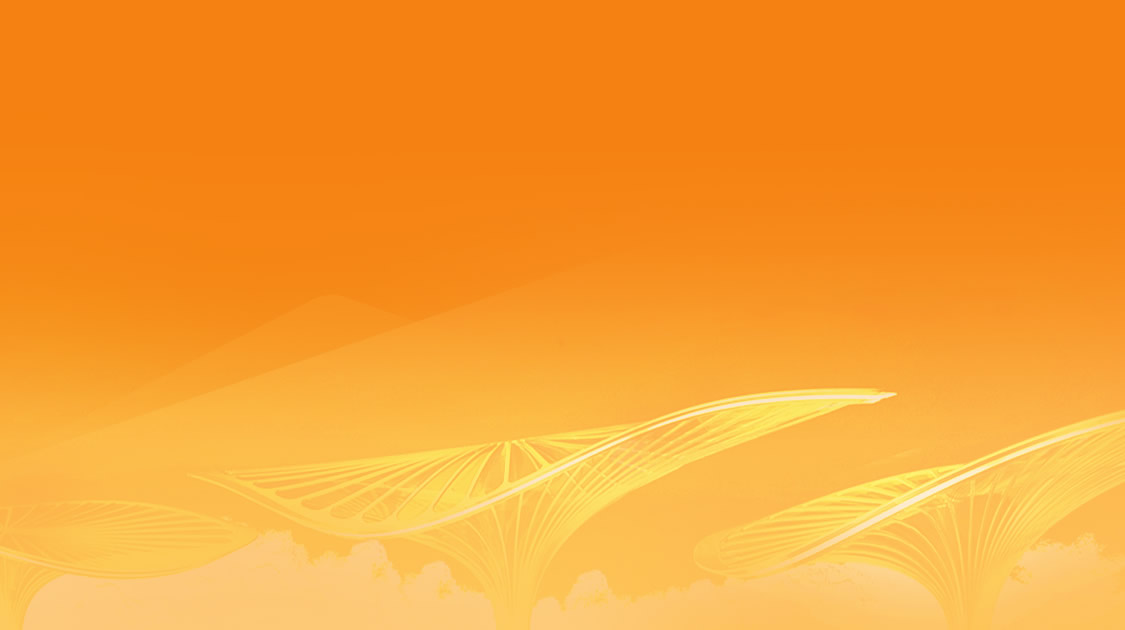At 9:31 on May 30, China’s Shenzhou XVI manned spaceship was successfully launched, sending 3 astronauts and about 2000 seeds of 4 species of hibiscuses from Chengdu Botanical Garden into space. The flower seeds will be used for space experiments on the country’s space station. They are the third batch of their kind which has been brought into space, following the first and second through the Shenzhou XIV and Shenzhou XV missions respectively.

Space breeding features a high rate of variation, a large range of variation, a large amount of variation, and strong stability. It is able to cultivate high-yielding, high-quality and early-maturing varieties, remarkably improving the quality of agricultural products in a short time and creating many new crop varieties. So, when did humans start sending seeds into space?
In 1946, people began carrying plants or seeds into space through manned spaceflights, to carry out various scientific research. In the same year, the V-2 rocket launched by the United States brought corn, rye and cotton seeds into space.
In 1957, the Sputniks, man-made satellites invented by the former Soviet Union, began conducting biological experiments, and chlorellas and all kinds of plant seeds started to travel in space by satellite. Thereafter, more and more plants and seeds were sent into space.
Since the birth of space station, experiments have been done for many times to nurture plants to grow and bloom in the orbital stations. Tulips, orchids, wheat, zucchini, sunflowers and peas, etc., have become special space passengers.
In 1987, China sent, for the first time, the seeds of rice, peppers and other crops into the sky. At the very beginning, we just attempted to know what changes will happen to the seeds after the space travel, but we were overjoyed and inspired significantly by the results.

Green pepper grown in space contains 20 per cent more Vitamin C than those planted on Earth. And from it a new strain with early maturation, high disease resistance and high yield was bred.
Cucumbers grown in space are much bigger than those planted on Earth and taste more tender and juicy.
Watermelons planted in space are much higher in sugar, as well as tastier and sweeter than those grown on Earth.
By now, China has carried plant seeds into the space for over 30 times, via recoverable satellites, Shenzhou spacecraft, Tiangong Space Laboratory and other recoverable spaceships. It has cultivated more than 700 new strains and varieties of space plants from more than 1,000 kinds of plants. In addition to grain, vegetables, fruits, oil plants and other crops, the country has also produced new varieties of plants and flowers, traditional herbal medicines and new strains of microorganisms for pharmaceuticals and wines.

The first batch of Chengdu hibiscus flower seeds sent into space totaled 4,470. Between June and December, 2022, some of the seeds traveled in space for half a year onboard the Shenzhou XIV, while others were exposed to cosmic radiation for five days on the Shenzhou XV. And finally all of them were brought back to Earth by the Shenzhou XIV.
The seeds have already been planted in seedling trays and can be transplanted to the ground in July, “It’s expected that we can see the first flowers in October.” Researcher Tang Shengwen said happily.



